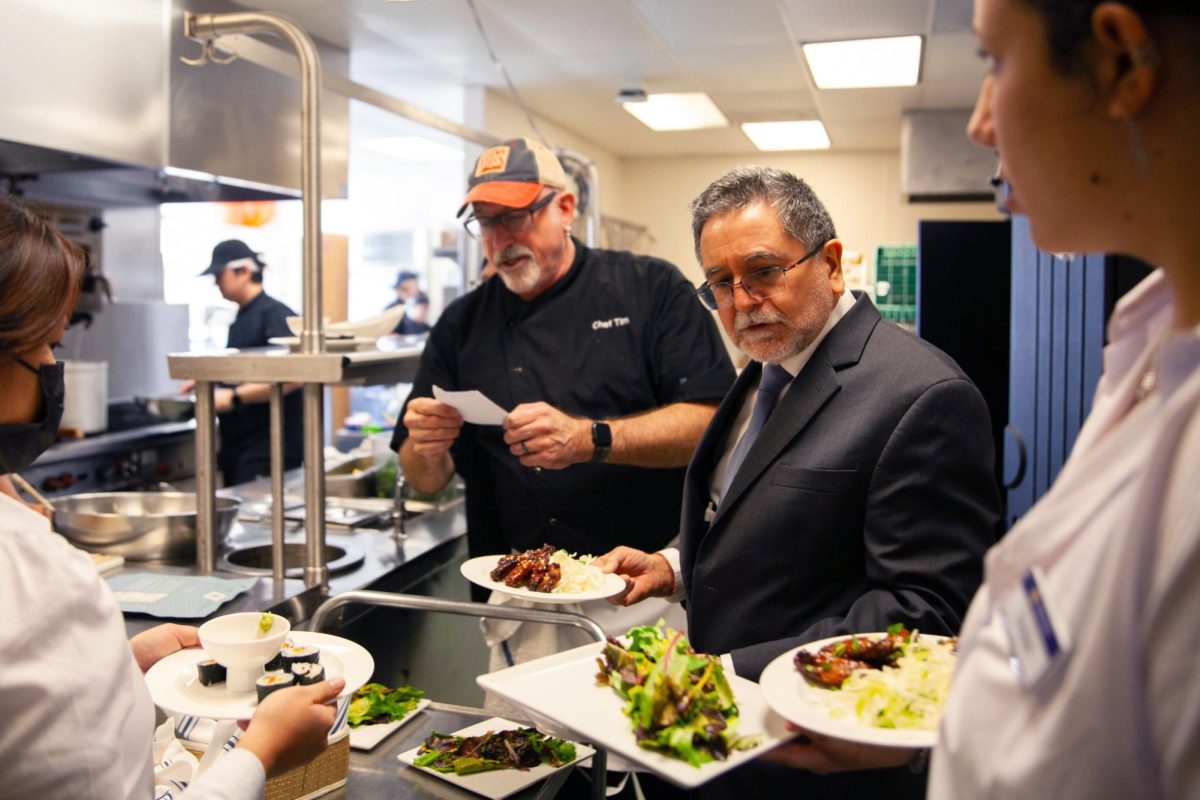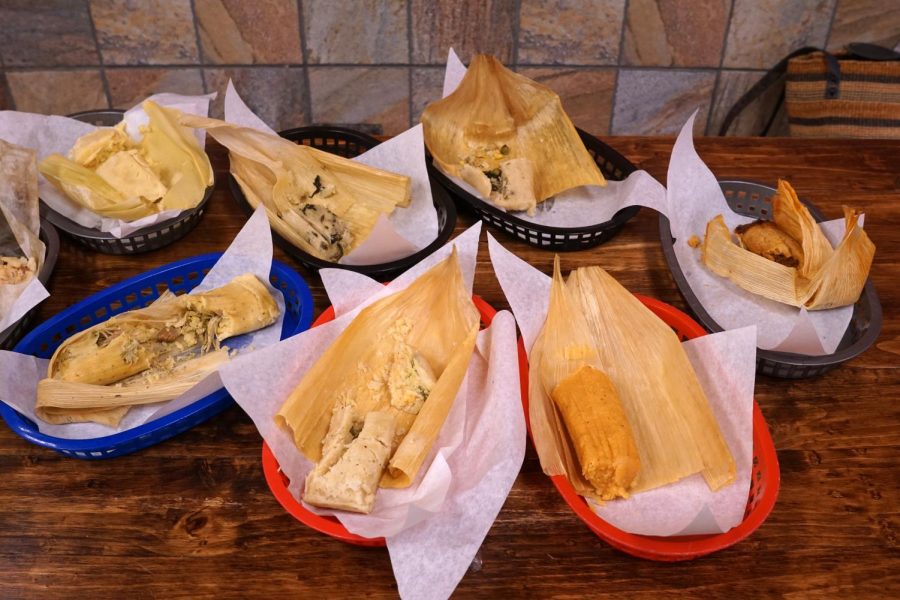Eating healthy does not have to mean sacrificing flavor or paying a lot of money. Healthy meals can be flavorful and extremely cheap to prepare, as low as less than a few dollars.
Good eating habits regularly fall victim to college students’ lack of time and money. It seems easier and cheaper to grab fast food than to prepare a healthy home-cooked meal. Meals can be prepared, however, that are nutritious and tasty but do not take much money.
Learning a few tricks is vital to cheap and easy healthy cooking. Fresh fruits and vegetables, whole grains, and beans can be put together in infinite combinations. Vinegars, herbs, and spices boost flavor without adding fat or sodium. Feel free to experiment to keep things interesting. Trader Joe’s sells bottles of herbs and spices for very low prices.
Shop around for the best selection and prices until you figure which stores best suit your needs. More importantly, though, understand what you are paying for. The prices for fruits and vegetables might look high but keep in mind those are often prices per pound and not unit costs. Produce often does not weigh much and a little can go a long way. You are also likely better off buying your fruits and vegetables at small produce markets or some farmers’ markets than larger chain stores like Safeway or Whole Foods.
When it comes to buying quality produce at low prices, downtown San Francisco offers some great options. The Heart of the City Farmers’ Market is held year-round at UN Plaza on Wednesdays from seven a.m. to five-thirty p.m. and Sundays from seven a.m. to five p.m. Many vendors offer reasonable prices and will discount them as the day goes on, often peddling bags jammed full of produce for a dollar. Golden Veggie Market at the corner of California and Polk streets and California Produce on Polk Street near Geary Street are also good bets. The Mission boasts low-priced fruits and vegetables as well.
Healthy meals can be deceptively simple to prepare. An assortment of vegetables, fruits, and/or proteins such as beans, tofu, or tempeh can be cooked together in a single skillet. Plus, sautéing vegetables allows them to retain more of their natural flavors and nutrients than other methods like boiling or microwaving do.
If you would like to try cooking this way but do not know where to begin, mix and match ingredients out of this list of suggestions to get started:
Vegetables – Greens (e.g., kale, collard, or chard), potato (e.g., red, Yukon gold, purple, or white), sweet potato/yam, turnip, parsnip, broccoli, carrot, mushroom, Brussels sprouts, onion, bell/chili pepper, zucchini or other squash, etc.
Fruits – Apple, berries, pear, grapes, etc.
Grains – Rice (e.g., brown, white, or wild), quinoa, whole-grain pasta, barley, farro, etc.
Proteins – Beans (e.g., fava, black, or pinto), tofu, tempeh, seitan, eggs, etc.
Seasonings – Fresh or dried herbs (e.g., basil, mint, dill, rosemary, oregano, thyme), cinnamon, cumin, curry powder, pepper, etc.
Vinegars – Balsamic, apple cider, white wine, red wine, rice, etc.
[widgetkit id=9571]







